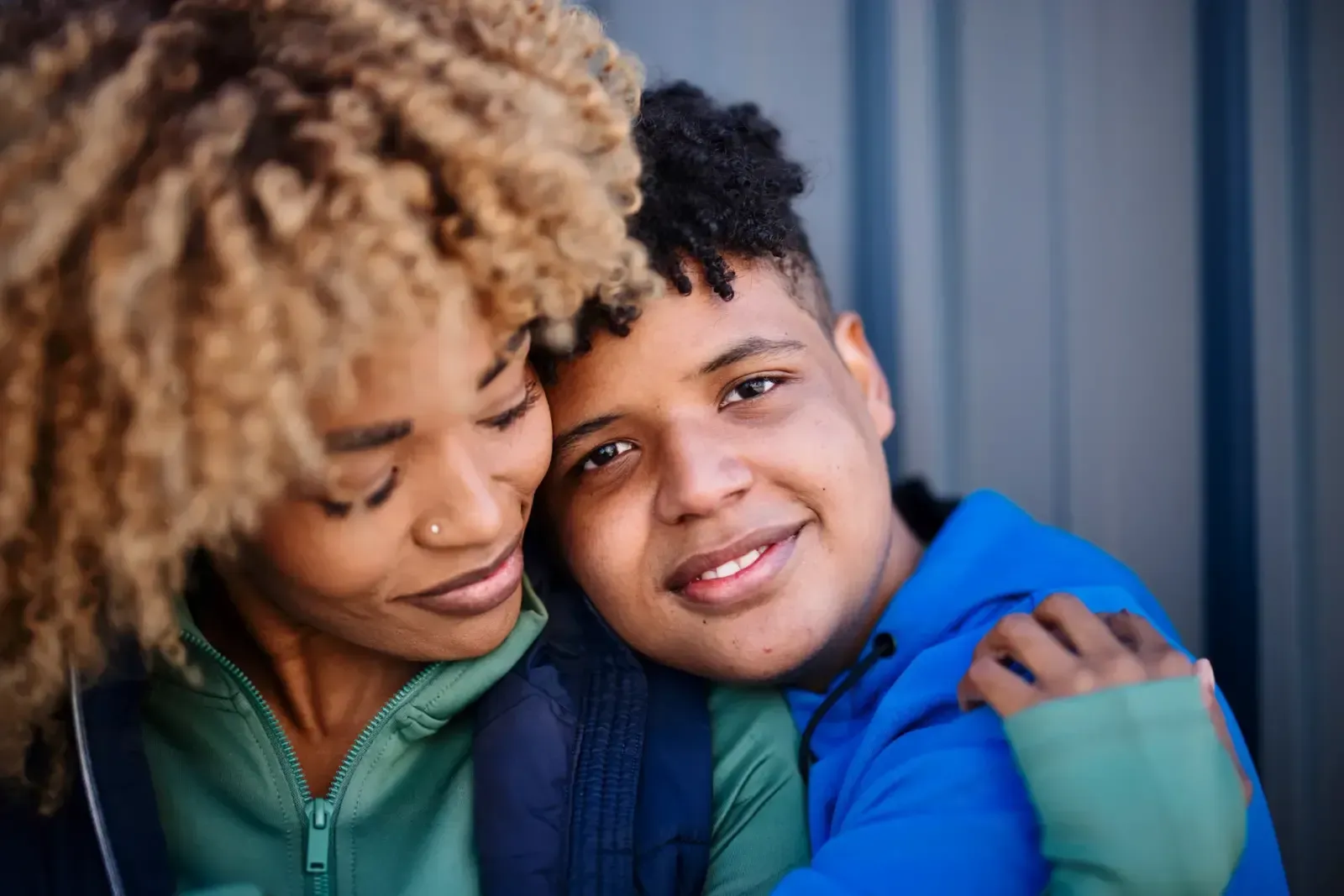Explore Our Blog
Parenting & Child Development – Part 6: Helping Kids Name and Regulate Big Emotions
Advance Minds Blog
A safe space to explore subjects within the community such as mental health, substance abuse and personal identity.
Our safe space also provides the opportunity for real individuals to express their hardships and success through writing.
Emotional regulation doesn’t come naturally — it’s a skill kids learn from the adults around them.

Why Emotional Literacy Matters
Children experience big emotions just like adults do — frustration, sadness, jealousy, fear.
But without the language to describe those feelings or tools to manage them, they often express emotions through meltdowns, defiance, or withdrawal.
Teaching kids to name and understand their emotions is the first step toward healthy coping skills and emotional intelligence.
🗣️ Give Feelings a Name
When you help a child label their feelings, you give them power over what feels overwhelming.
Use simple language like:
- “It looks like you're feeling really frustrated right now.”
- “Are you sad because your toy broke?”
- “You look excited about your playdate!”
The goal isn’t to fix it instantly — it’s to help them feel seen and understood.
🎨 Use Visual Tools and Play
For younger children, feelings charts, emotion cards, and games like
“Feelings Charades” can be great teaching tools.
Creative expression like drawing or storytelling can also help them process difficult emotions in a safe, playful way.
Some helpful ideas:
- Print a “Feelings Wheel” for the fridge
- Role-play calming strategies with stuffed animals
- Let them draw what mad/sad/happy looks like
⏳ Model Emotional Regulation Yourself
Kids learn more from what you do than what you say.
If you take deep breaths when frustrated, apologize when you lose your temper, or talk openly about your own feelings, you’re teaching them how to do the same.
Try narrating your process:
- “I’m feeling overwhelmed, so I’m going to take a few deep breaths.”
- “I was cranky earlier. I think I needed some quiet time.”
🧘♀️ Teach Simple Regulation Techniques
Give your child practical tools they can use when emotions run high.
Helpful strategies:
- Deep belly breathing (pretend to blow up a balloon)
- Counting slowly to 10
- Moving their body (jumping jacks, dancing)
- Hugging a favorite toy or blanket
Practice these when things are calm — so they’re ready to use when it’s not.
📚 Read Books About Feelings
Storytime is a great way to teach emotional skills in a relaxed, relatable way.
Look for books that explore themes like frustration, sharing, disappointment, and empathy.
Some favorites:
- The Color Monster by Anna Llenas
- When Sophie Gets Angry—Really, Really Angry by Molly Bang
- In My Heart by Jo Witek
🌿 Final Thoughts 💞🌈
Big feelings are a part of growing up — but learning how to handle them is something children can’t do alone.
When you stay present, patient, and supportive, you help your child build the emotional tools they’ll carry for life.
It’s not about perfection.
It’s about showing up, naming the feeling, and helping your child feel safe, even in their stormiest moments.

















